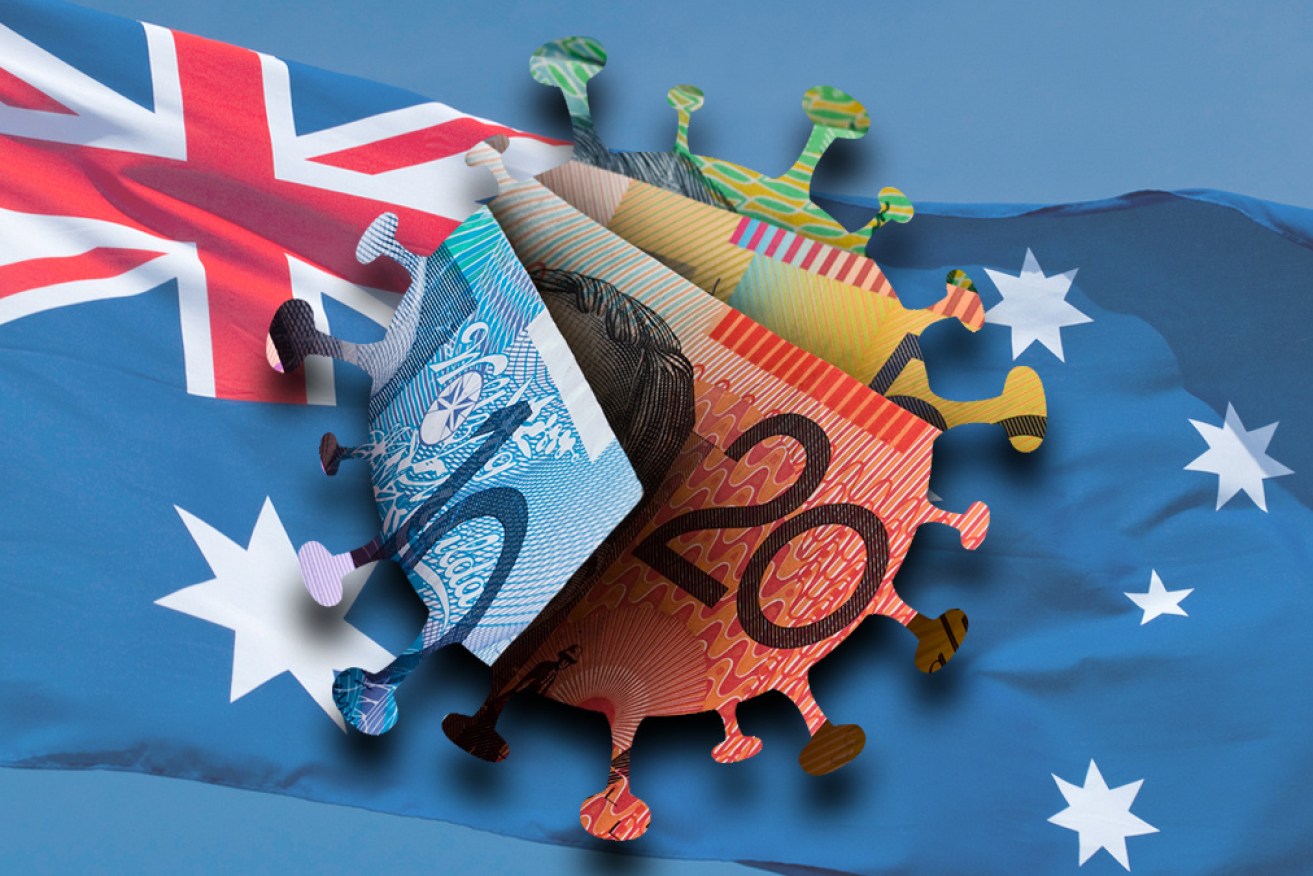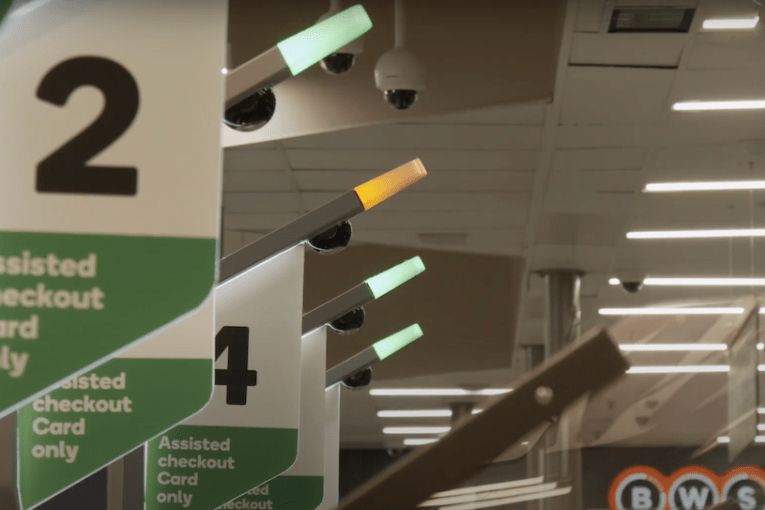The policies government must consider to resurrect a post-COVID economy


Australia's economy contracted 0.3 per cent in the March quarter. Photo: The New Daily
Prime Minister Scott Morrison had turned his attention to building a “COVID-safe economy” as the nation’s infection rate begins to ease.
While it’s still too early to lift coronavirus restrictions on businesses and individuals, Mr Morrison flagged several economic reforms as part of a business-led recovery.
That includes possible changes to tax and industrial relations policies floated by both sides of Parliament over the past decade, as well as any new proposals.
“What I’m honestly saying to Australians is we’re looking at all options with fresh eyes,” Mr Morrison said.
And with the country staring down the barrel of its first recession in almost 30 years, getting economic policy settings right will be crucial to the nation’s prosperity.
What do economists say?
There are several ways to keep the economy chugging along once the threat posed by the coronavirus begins to subside.
But the most effective is to get money in the hands of ordinary Australians.
In order to do that, government has a range of options, from handouts similar to those seen during the global financial crisis, to large-scale training and worker redeployment strategies.
Here’s what leading economists think government must do to support the economic recovery.
Brendan Coates, household finances program director, The Grattan Institute
To keep cash flowing through the economy, people need money to spend.
And if the GFC taught us anything, Mr Coates told The New Daily, it was that putting cash directly into the hands of people who need it will go a long way towards achieving that goal.
That’s not to say that government should start throwing money at consumers whenever and however they wish, though.
According to Mr Coates, a cash handout will work wonders for the economy, but it needs to come at the right time – specifically, it needs to hit Australians’ bank accounts once they’re able to go out and spend it.
“We know that worked during the GFC,” he said.
At the point that Australians are able to spend, helping them to be less reticent in doing so by giving them cash in hand would be a good idea.
To get to that point, government needs to focus its immediate policy initiatives on eradicating the virus – something that’s well on its way to becoming reality.
Mr Coates cautioned, however, that once the virus is under control, the most prudent response will be to keep current social and economic restrictions in place for at least one additional month.
Diana Mousina, senior economist, AMP Capital
Keeping people employed will be critical to the country’s economic recovery, and AMP Capital’s Diana Mousina told The New Daily the JobKeeper wage subsidy program is one of the best policies in the world to achieve that.
Other countries have since tried to emulate it, she added, but few if any have managed to roll out one as comprehensive as the lucky country’s home-grown efforts.
But the existing policy is intended only as a temporary fix and might not be enough over the long haul. (More than one million casual and two million temporary visa workers will miss out on the payments, too.)
Instead, government must reassess the industries and regions worst affected by the coronavirus and extend the cut-off date for the JobKeeper program to support people who can’t immediately return to work.
“Government will need to ensure that JobKeeper payments keep going or unemployment benefits keep flowing to those specific people,” she said.
Businesses will need a lot of support too.’’
If the scheme is extended, Ms Mousina said, government should be able to keep a lid on unemployment and kick-start a recovery.
Richard Denniss, chief economist, The Australia Institute
At the same time the coronavirus pandemic has cost Australian workers their jobs, it has also produced demand for labour in different sectors.
That demand has created a huge opportunity for government to step in and – with the right support – create swathes of jobs for the newly unemployed.
The health and aged-care sectors have both seen massive increases in demand for staff while restaurants and retailers have been forced to shut up shop.
And although the transition from waiting on tables to helping the elderly isn’t necessarily a smooth one, the coronavirus crisis has also resulted in spare capacity within Australia’s education institutions.
“It’s as if all the solutions are sitting right in front of us,” he said.
We’d be better off giving our universities and TAFEs money to help retrain people and at the same time know that we’re training them for a pool of public sector jobs we’re about to create.’’
Mr Denniss told The New Daily the obvious solution to the country’s economic woes is to invest in retraining unemployed workers and getting them back into the workforce in the industries that need them most.
It will cost government more money, but it would be an effective investment that yields impressive results.
What will the recovery look like?
The International Monetary Fund (IMF) predicts Australia’s economy will contract by 6.7 per cent through 2020.
That’s a big hit, but one which they suspect will be partially offset by 6.1 per cent growth in 2021 – an almost ‘V’-shaped recovery.
Grattan Institute’s Mr Coates said that’s a very optimistic forecast, noting that the IMF did not outline the health measures Australia would need to take to ensure such a quick turnaround.
Even so, it’s not entirely unreasonable, according to EY Oceania chief economist Jo Masters.
Speaking to The New Daily, Ms Masters said there are too many variables to accurately forecast the recovery, but also that the IMF’s predictions are similar to many private-sector assumptions.
That doesn’t mean things will return to normal within a year, though, for two key reasons.
Firstly, the percentages are not like for like.
If Australia’s economy shrinks 6 per cent this year, then grows 6 per cent in 2021, the value of that growth will be less than the previous year’s contraction, as the economy will have grown from a much smaller base.
And perhaps more importantly, Ms Masters added, even if Australia’s economy does grow rapidly in 2021, “where and how we work will look permanently different”.








